Home>Technology>Smart Home Devices>Why Is My Printer Printing Small
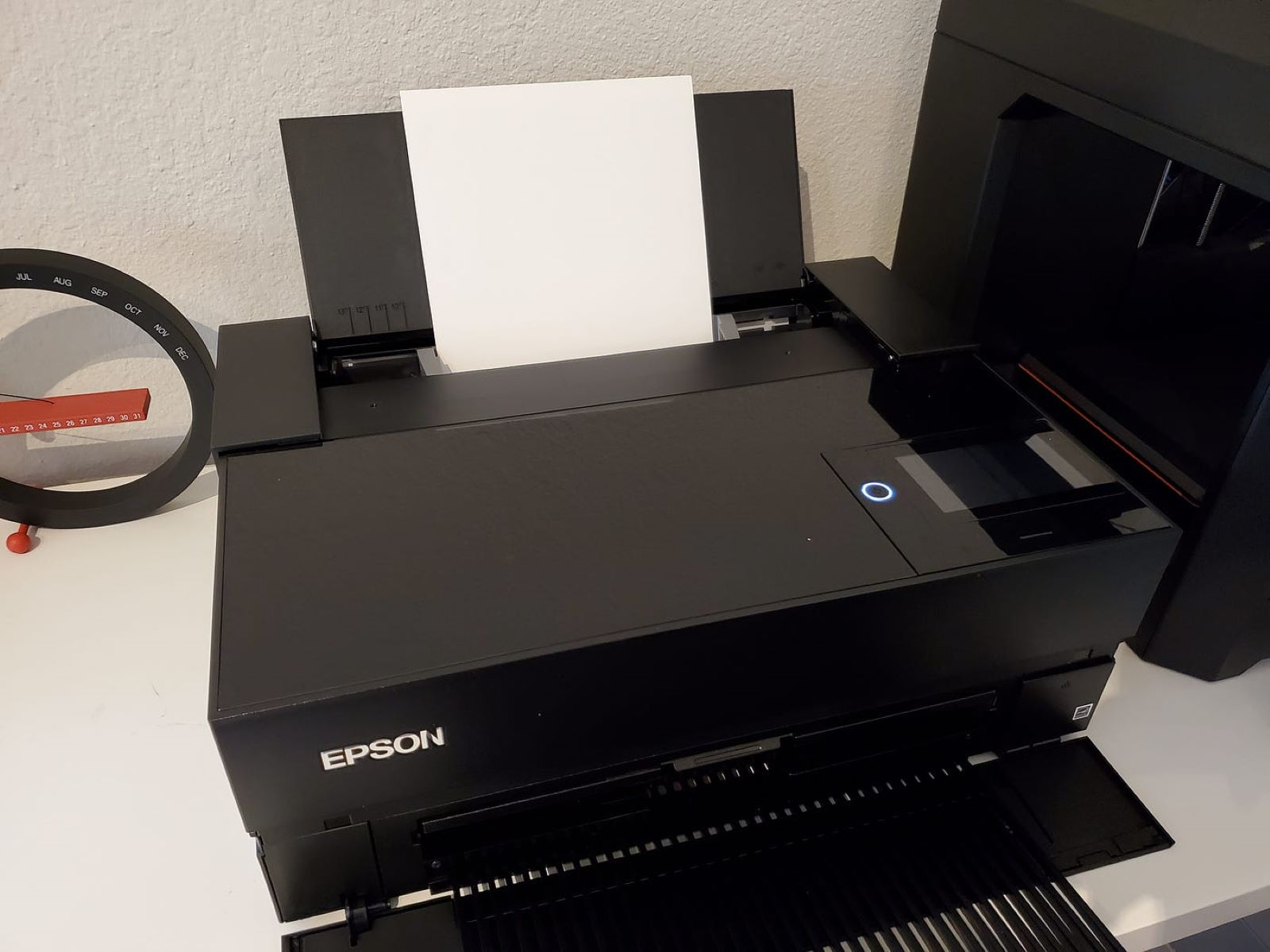

Smart Home Devices
Why Is My Printer Printing Small
Modified: January 18, 2024
Discover why your smart home devices are printing small and how to fix it. Get troubleshooting tips for your printer in no time!
(Many of the links in this article redirect to a specific reviewed product. Your purchase of these products through affiliate links helps to generate commission for Storables.com, at no extra cost. Learn more)
**
Introduction
**
Have you ever encountered the frustrating situation where your printer starts printing documents in a smaller font than you intended? It can be perplexing and exasperating, especially when you're in a rush to get your work done. However, there's no need to worry, as there are various factors that can cause this issue, and most of them can be easily resolved. In this comprehensive guide, we'll delve into the potential reasons behind your printer's diminutive printouts and explore the troubleshooting steps to rectify this perplexing problem.
Printing small documents can be attributed to a myriad of factors, including printer settings, document settings, software issues, and hardware malfunctions. By understanding the root causes of this issue, you can effectively troubleshoot and resolve it, ensuring that your printed documents are rendered in the appropriate font size. Let's embark on this enlightening journey to unravel the mystery behind your printer's small printouts and equip you with the knowledge to address this inconvenience with confidence.
**
Key Takeaways:
- Don’t let small printouts frustrate you! Check printer settings, document settings, software, and hardware to ensure your documents are printed in the right font size.
- Keep your printer happy and printing big! Regularly maintain and inspect printer settings, document formatting, software compatibility, and hardware components for optimal print quality.
Read more: Why Is My Printer Not Printing Black
Printer Settings
**
One of the primary culprits behind your printer producing small printouts could be the printer settings. It's essential to verify and adjust the settings to ensure that your documents are printed in the desired font size. To begin troubleshooting this issue, navigate to the printer settings on your computer and inspect the following aspects:
- Default Printer Settings: Your printer might have default settings that dictate the font size and page layout. Access the printer properties through the control panel or settings menu and examine the default settings. Adjust the default font size and page layout to match your preferences.
- Paper Size and Type: Check if the paper size and type selected in the printer settings correspond to the paper loaded in the printer tray. Mismatched paper settings can lead to printouts that are scaled down to fit the incorrect paper size.
- Scaling Options: Some printer settings include scaling options that can inadvertently reduce the size of the printed content. Ensure that the scaling is set to 100% or actual size to prevent any reduction in the document's dimensions.
- Driver Settings: The printer driver installed on your computer may have settings that impact the print output. Access the printer properties and review the driver settings to confirm that they align with your formatting requirements.
After scrutinizing and adjusting the printer settings, attempt to print a test document to assess whether the font size has been restored to the desired dimensions. If the issue persists, proceed to investigate the document settings to rule out any potential conflicts.
**
Document Settings
**
When troubleshooting small printouts from your printer, it’s crucial to examine the document settings to identify any factors contributing to the diminutive font size. Document settings play a pivotal role in determining how the content is rendered on the printed page. Here are key aspects to consider when evaluating the document settings:
- Page Layout: Verify the page layout settings within the document. Ensure that the page size and orientation are configured to match the intended dimensions. Adjust the layout settings if they do not align with the desired print format.
- Font Size and Formatting: Review the font size and formatting attributes within the document. It’s possible that the document contains specific font size settings that differ from your expectations. Make necessary adjustments to the font size and formatting to reflect the desired print output.
- Scaling and Margins: Check for any scaling or margin settings that might impact the document’s appearance when printed. In some cases, scaling or narrow margins can cause the content to shrink during the printing process. Ensure that the scaling and margins are conducive to the intended print size.
- Print Preview: Utilize the print preview feature to assess how the document will appear when printed. This allows you to identify any discrepancies in the layout or font size before sending the document to the printer.
By meticulously reviewing and adjusting the document settings, you can mitigate the risk of small printouts and ensure that your documents are printed in the intended font size and layout. Once the document settings have been scrutinized and modified as necessary, proceed to initiate a test print to evaluate the effectiveness of the adjustments.
**
Check your printer settings to ensure the paper size and print scaling are correct. Also, make sure the document or image you are trying to print is not set to a smaller size than intended.
Software Issues
**
Software-related anomalies can also contribute to the occurrence of small printouts from your printer. It’s essential to consider potential software issues that might affect the printing process. Here are several factors to investigate when addressing software-related concerns:
- Print Driver Compatibility: Incompatibilities between the printer driver and the software used for document creation can lead to unexpected print results. Verify that the print driver is compatible with the software and that it supports the intended formatting and font size requirements.
- Document Formatting Compatibility: Certain document formatting features may not be fully supported by the printer driver or the printing software. If you’re using specialized formatting options, ensure that they are compatible with the printing environment to prevent unintended alterations in the print output.
- Print Spooler Errors: The print spooler, a critical component of the printing process, can encounter errors that impact the final printout. Restart the print spooler service on your computer to address any potential issues that might be affecting the print job.
- Software Updates: Check for software updates for both the printer driver and the document creation software. Updated software versions often include bug fixes and enhancements that can rectify printing irregularities.
By addressing potential software-related issues, you can mitigate the risk of small printouts and ensure that the printing process functions seamlessly. It’s advisable to stay vigilant for software updates and compatibility considerations to maintain optimal printing performance. After addressing any software-related concerns, proceed to perform a test print to verify that the font size and layout are rendered accurately.
**
Hardware Issues
**
When grappling with small printouts from your printer, it’s crucial to examine potential hardware issues that might be impeding the printing process. Hardware-related anomalies can significantly impact the quality and dimensions of the printed output. Here are key hardware considerations to address when troubleshooting small printouts:
- Printer Calibration: The printer’s calibration settings can influence the accuracy of printouts. Access the printer’s calibration options through the control panel or settings menu and ensure that the calibration is optimized for precise and consistent printing results.
- Ink or Toner Levels: Insufficient ink or toner levels can lead to faint and reduced print quality, including smaller font sizes. Check the ink or toner levels in your printer and replace cartridges that are running low to maintain optimal print output.
- Paper Feed Mechanism: Malfunctions in the paper feed mechanism can cause the printed content to be scaled down or misaligned. Inspect the paper feed components for any obstructions or irregularities that might affect the print output.
- Printhead Alignment: Misaligned printheads can result in distorted or smaller printouts. Refer to the printer’s user manual to perform a printhead alignment procedure, ensuring that the printheads are accurately positioned for precise printing.
By addressing potential hardware issues and ensuring that the printer’s components are functioning optimally, you can mitigate the risk of small printouts and uphold the quality of your printed documents. Regular maintenance and inspection of the printer’s hardware components are essential for sustaining reliable print performance. After addressing any hardware-related concerns, proceed to initiate a test print to verify that the font size and layout are rendered accurately.
**
Read more: Why Is My Printer Printing Green
Conclusion
**
Resolving the perplexing issue of small printouts from your printer entails a systematic approach that encompasses printer settings, document settings, software considerations, and hardware inspections. By diligently addressing each potential factor contributing to the diminutive print size, you can restore the desired font dimensions and ensure that your printed documents reflect your formatting preferences accurately.
Throughout this troubleshooting journey, it’s essential to maintain a meticulous eye for detail and a proactive stance toward identifying and rectifying the underlying causes of small printouts. Regularly reviewing and adjusting the printer settings, document formatting, and software compatibility can significantly enhance the printing experience and minimize the occurrence of unexpected print results.
Furthermore, prioritizing the maintenance and upkeep of the printer’s hardware components, including calibration, ink or toner levels, and paper feed mechanisms, is crucial for sustaining consistent and high-quality print output. By adhering to a proactive maintenance regimen, you can safeguard against potential hardware-related issues that might compromise the printed documents’ dimensions and clarity.
Ultimately, by leveraging the insights and troubleshooting strategies outlined in this guide, you can empower yourself to overcome the challenge of small printouts and elevate the printing experience to align with your expectations. Embracing a holistic approach that encompasses both software and hardware considerations equips you with the proficiency to optimize the print output and ensure that your documents are rendered in the intended font size and layout.
With a comprehensive understanding of the potential factors contributing to small printouts and the corresponding troubleshooting measures, you are well-equipped to navigate and resolve this perplexing issue with confidence and efficacy.
Frequently Asked Questions about Why Is My Printer Printing Small
Was this page helpful?
At Storables.com, we guarantee accurate and reliable information. Our content, validated by Expert Board Contributors, is crafted following stringent Editorial Policies. We're committed to providing you with well-researched, expert-backed insights for all your informational needs.
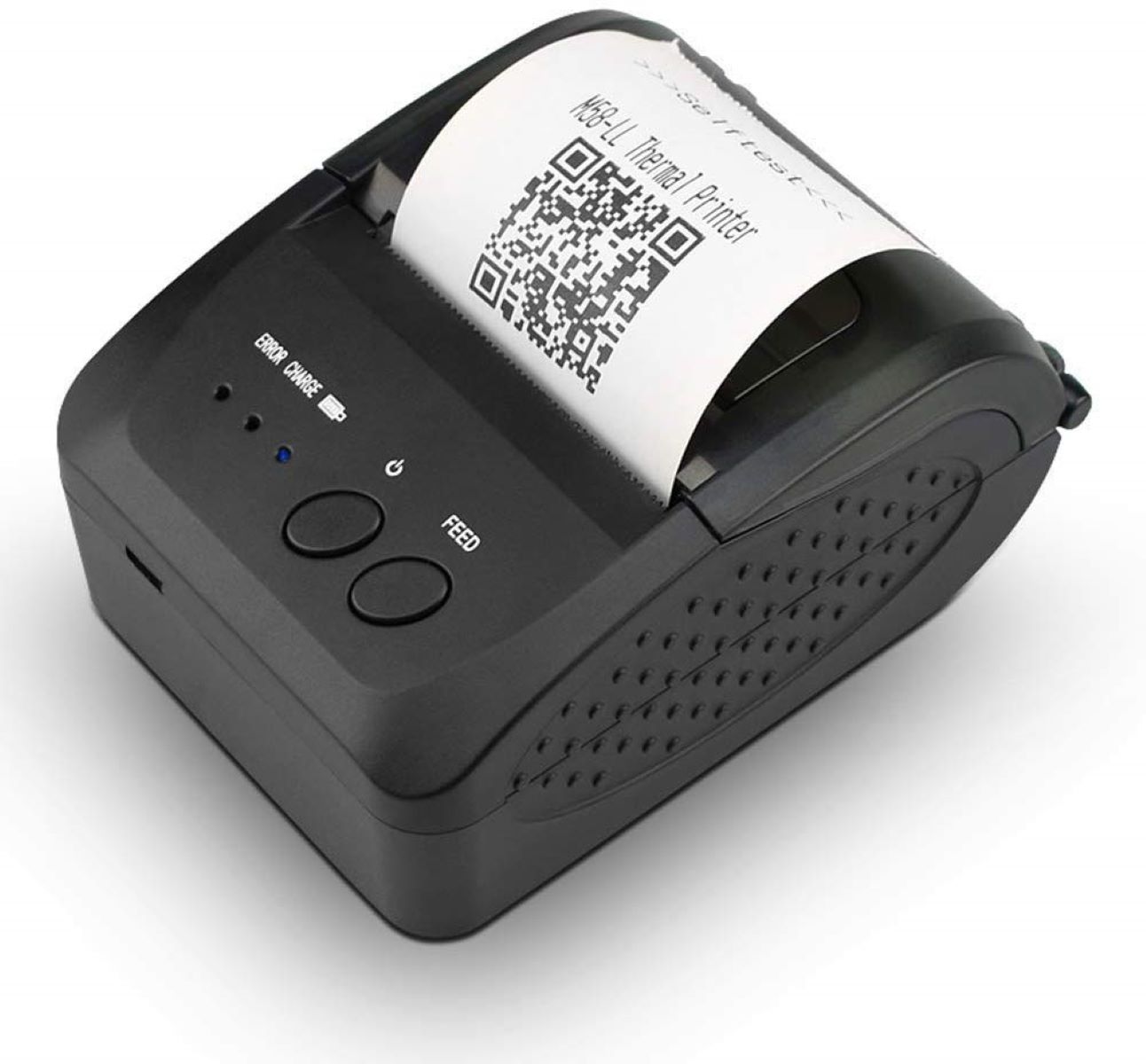
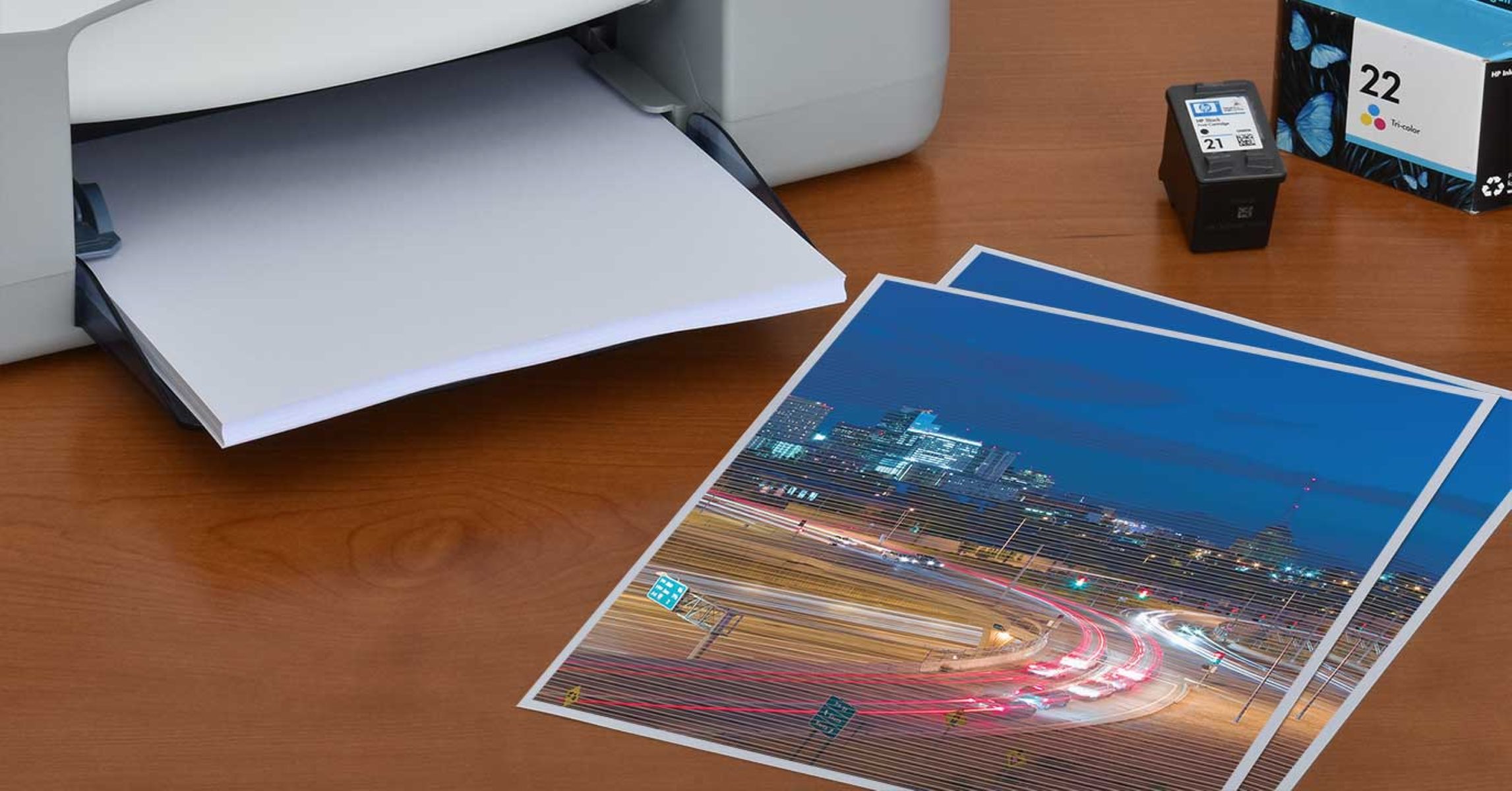
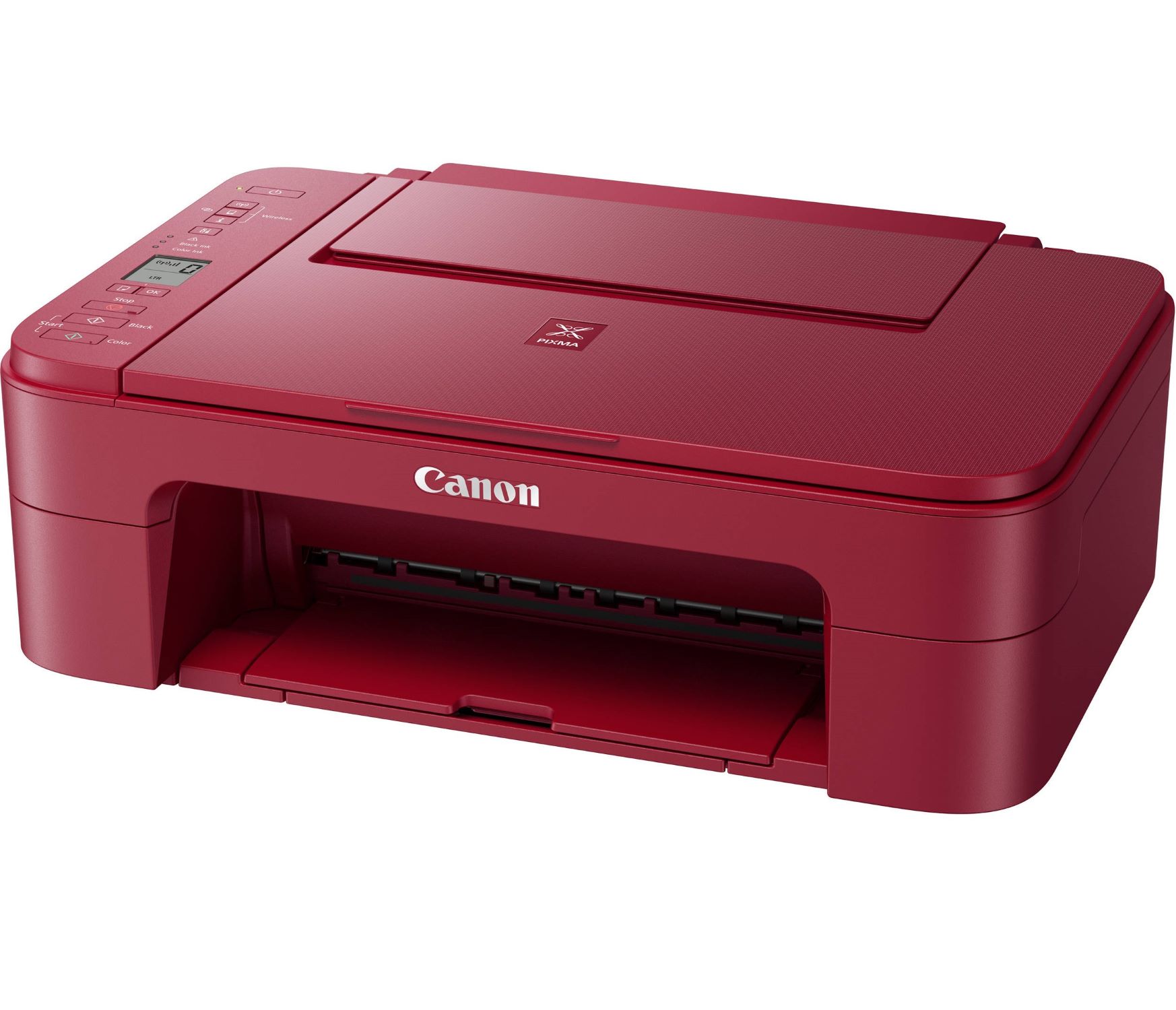

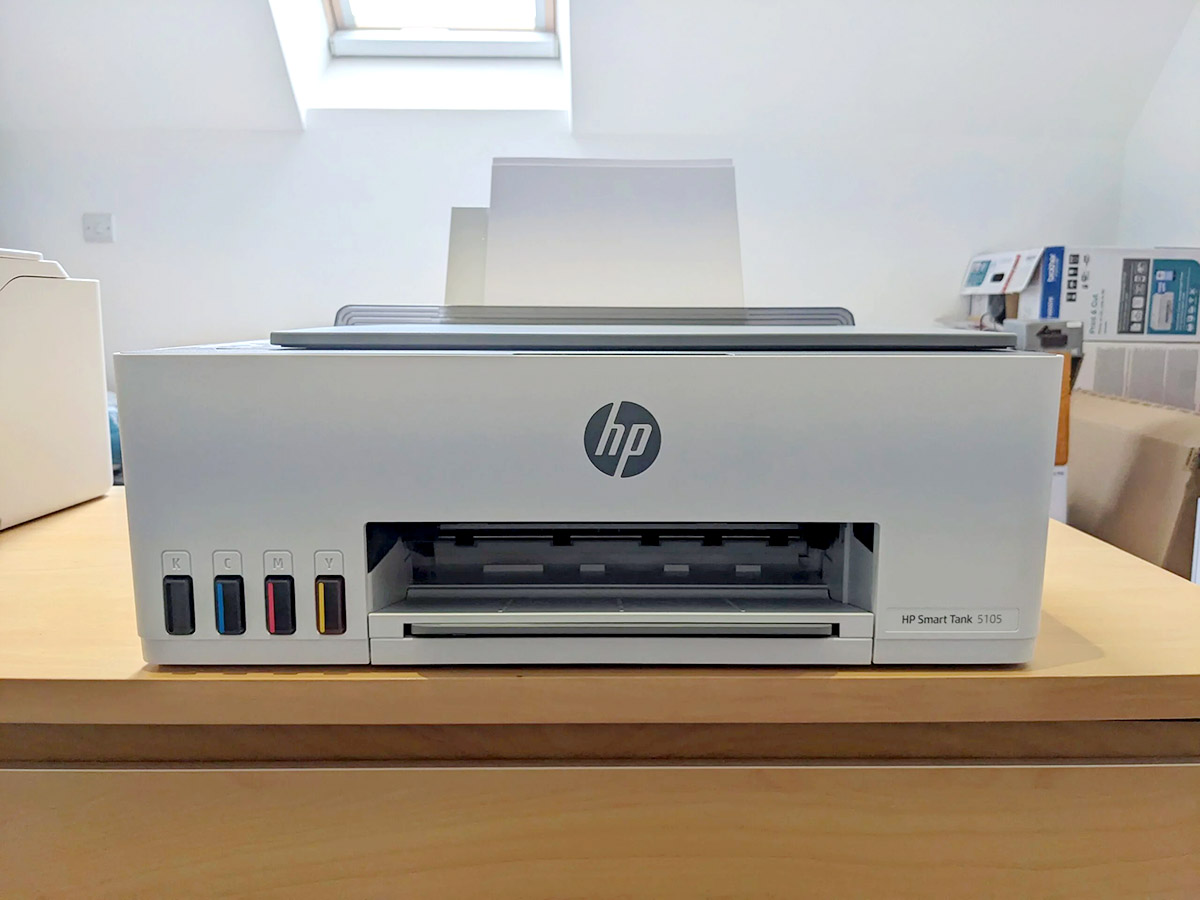
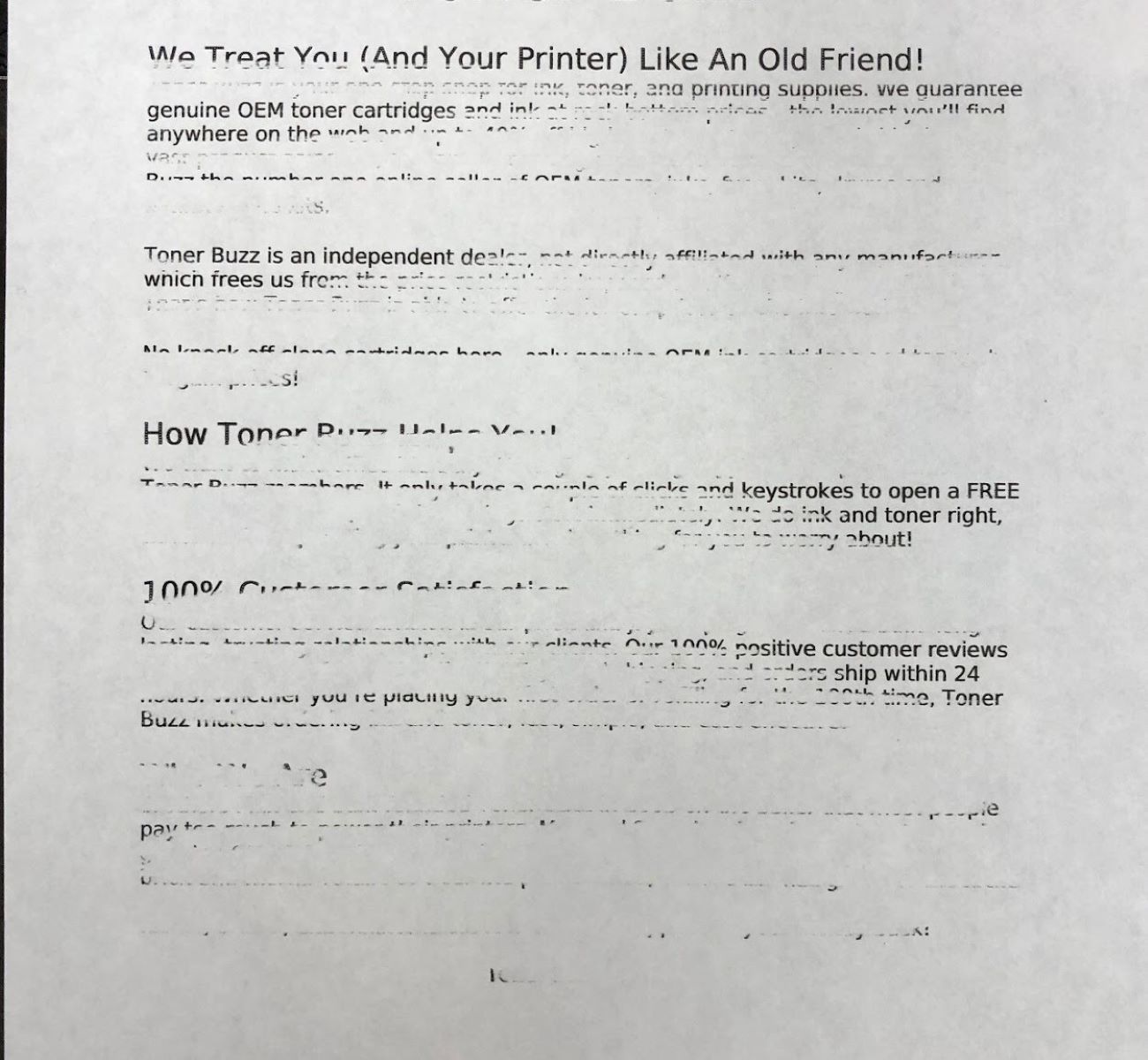

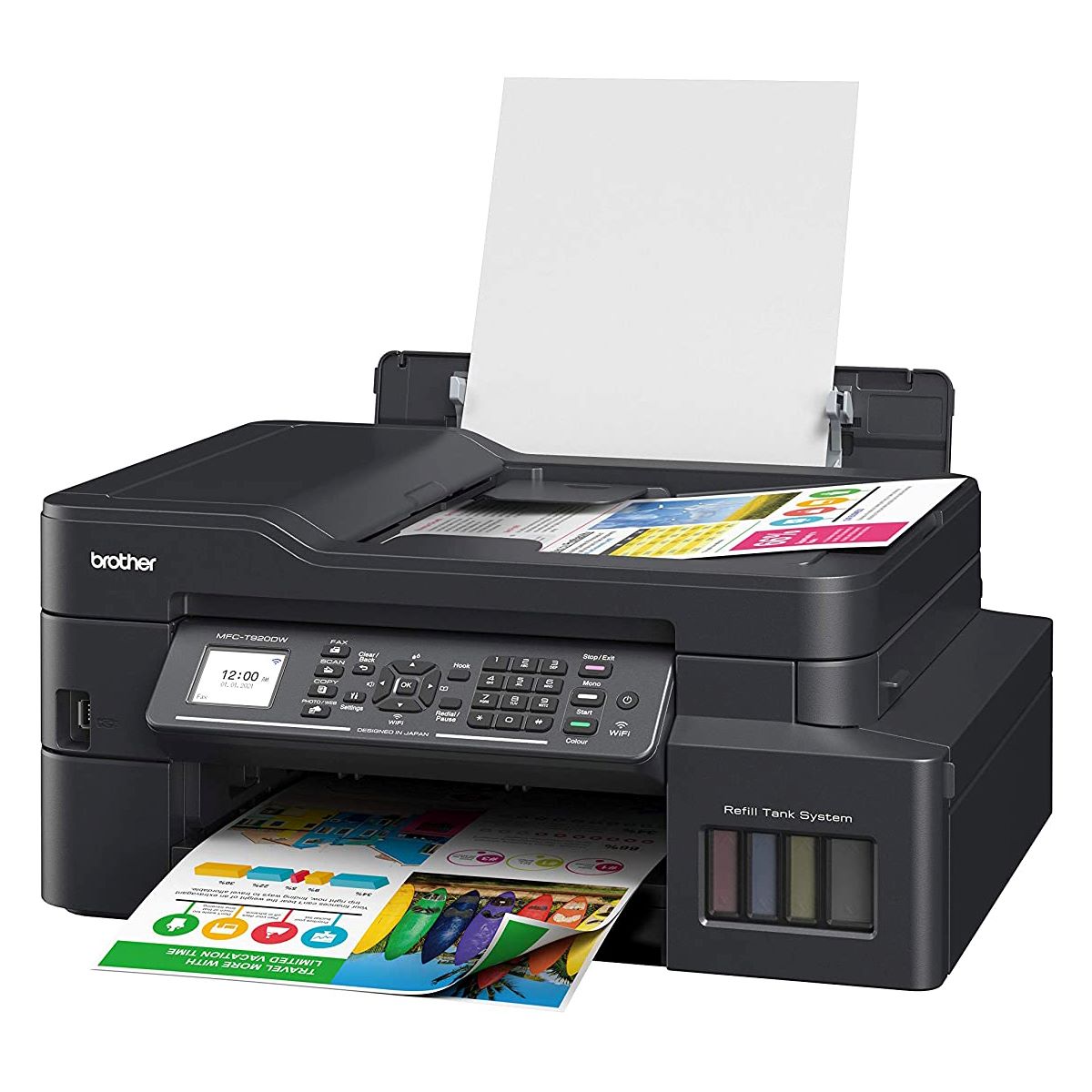
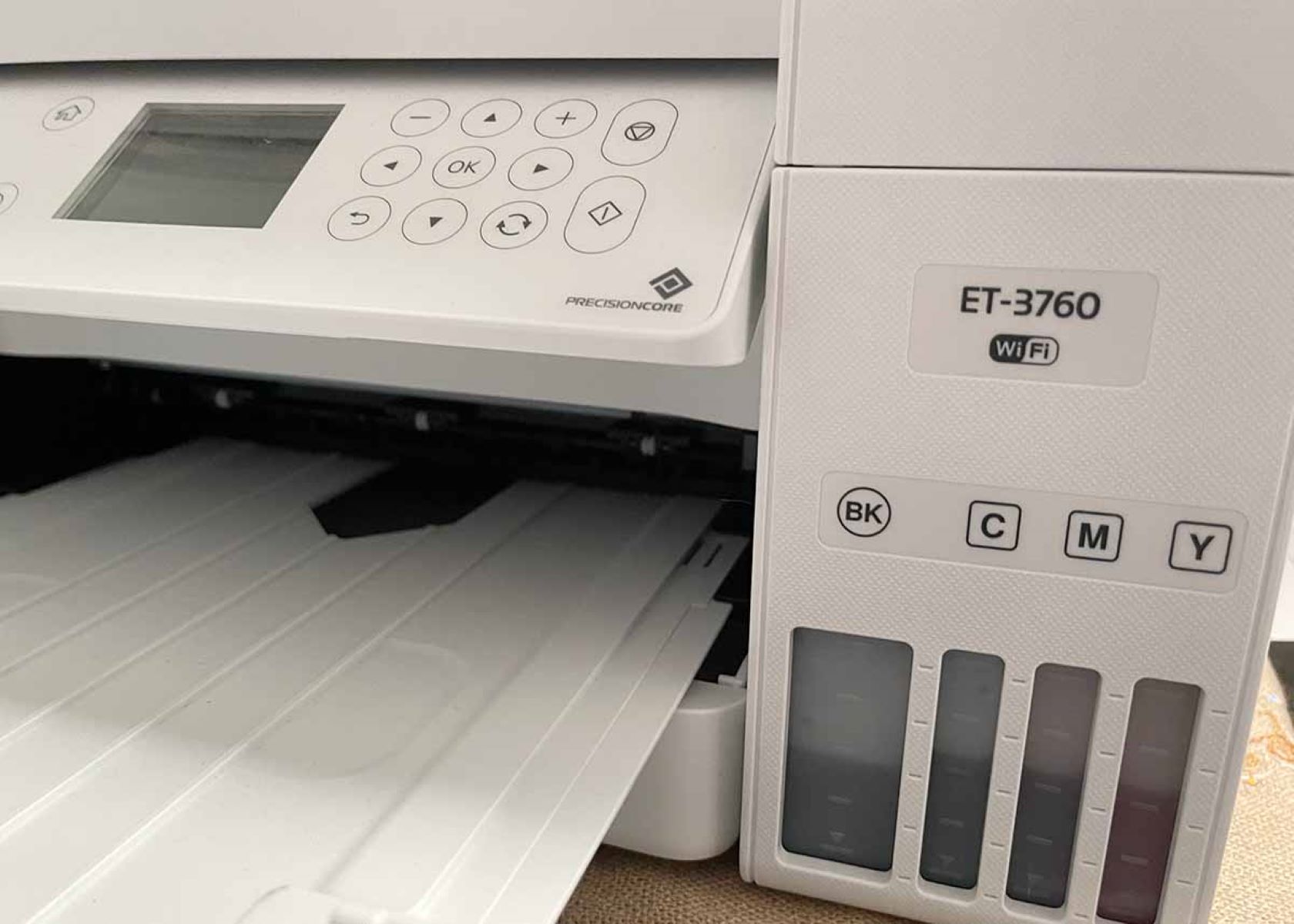
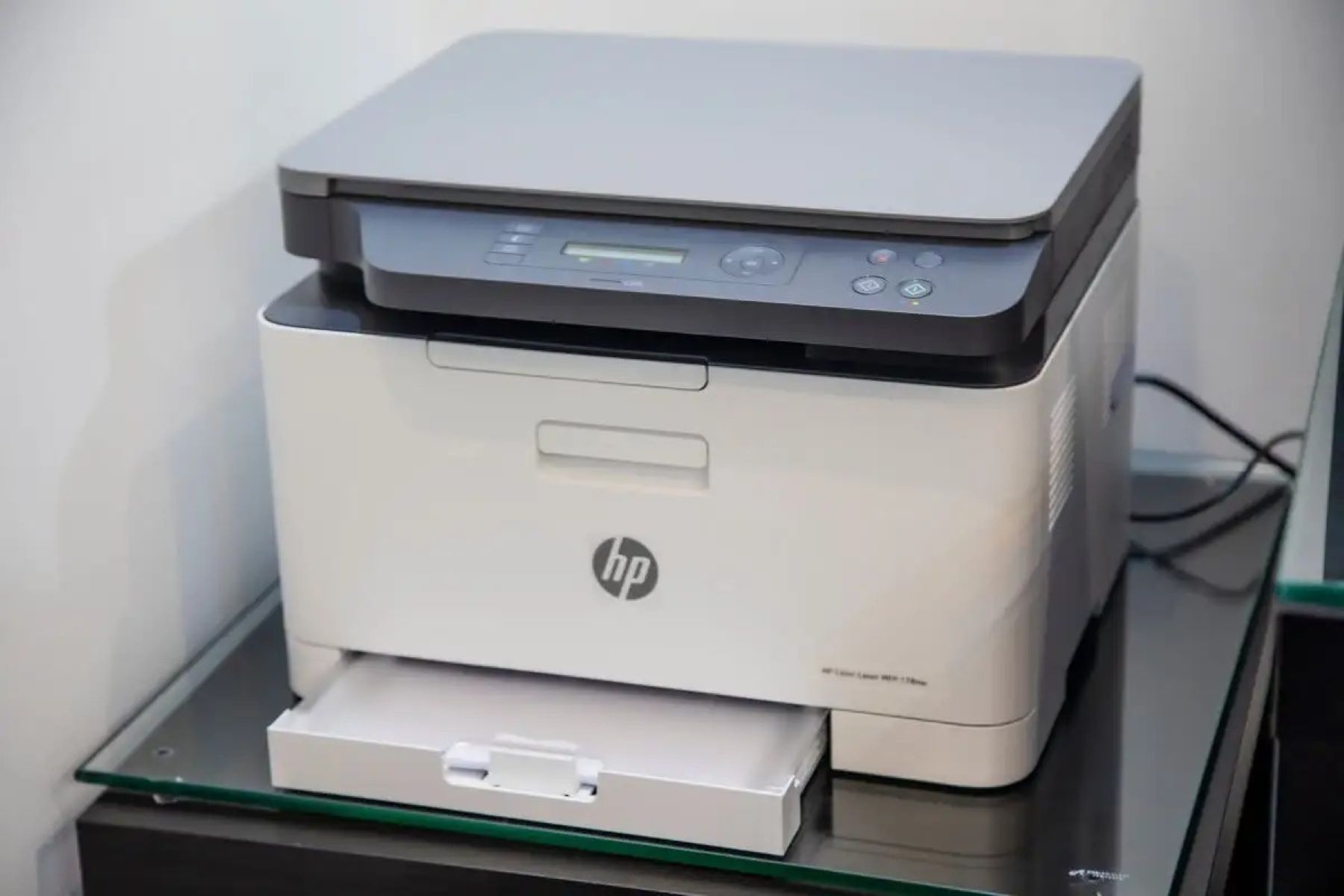
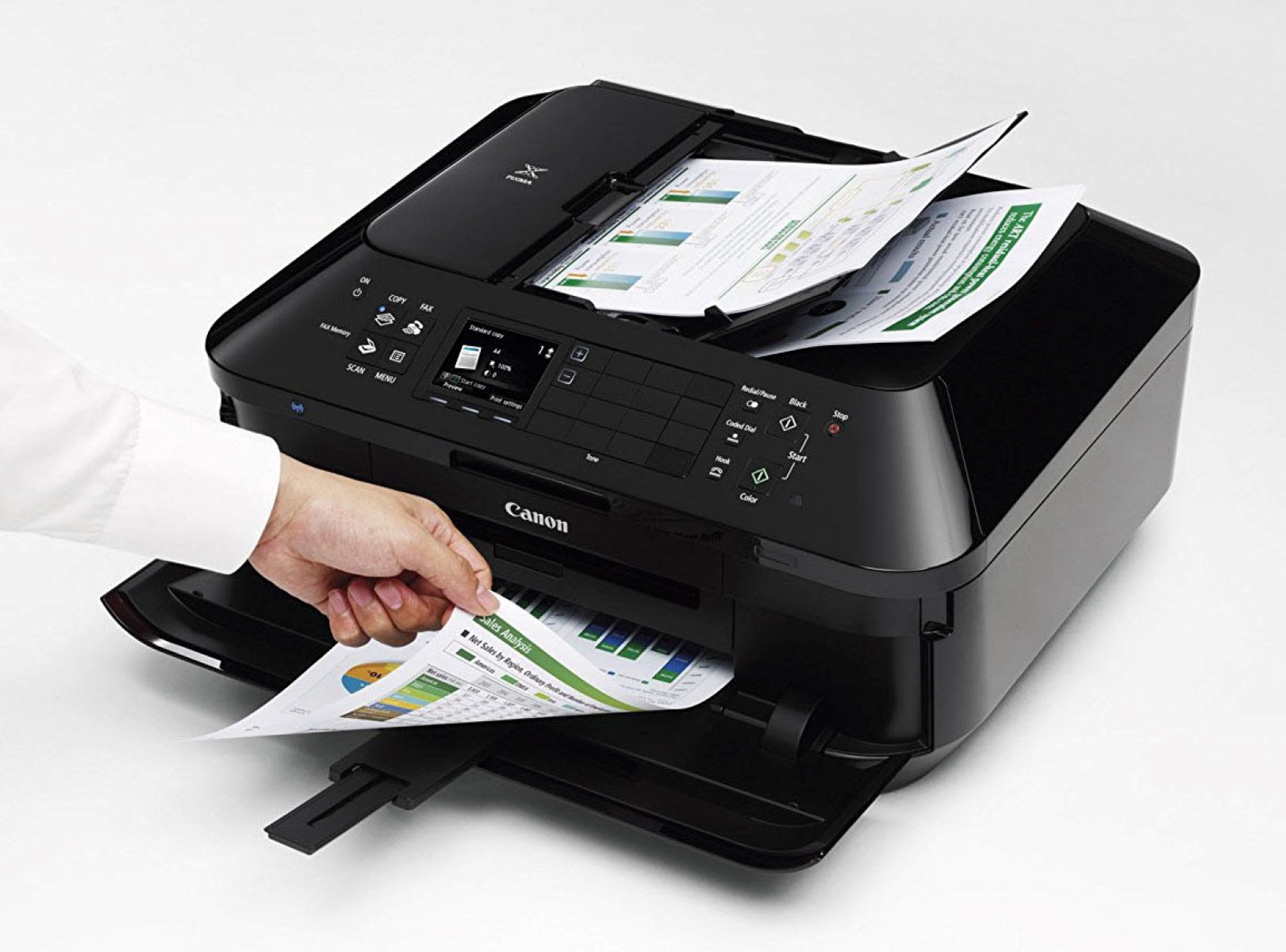
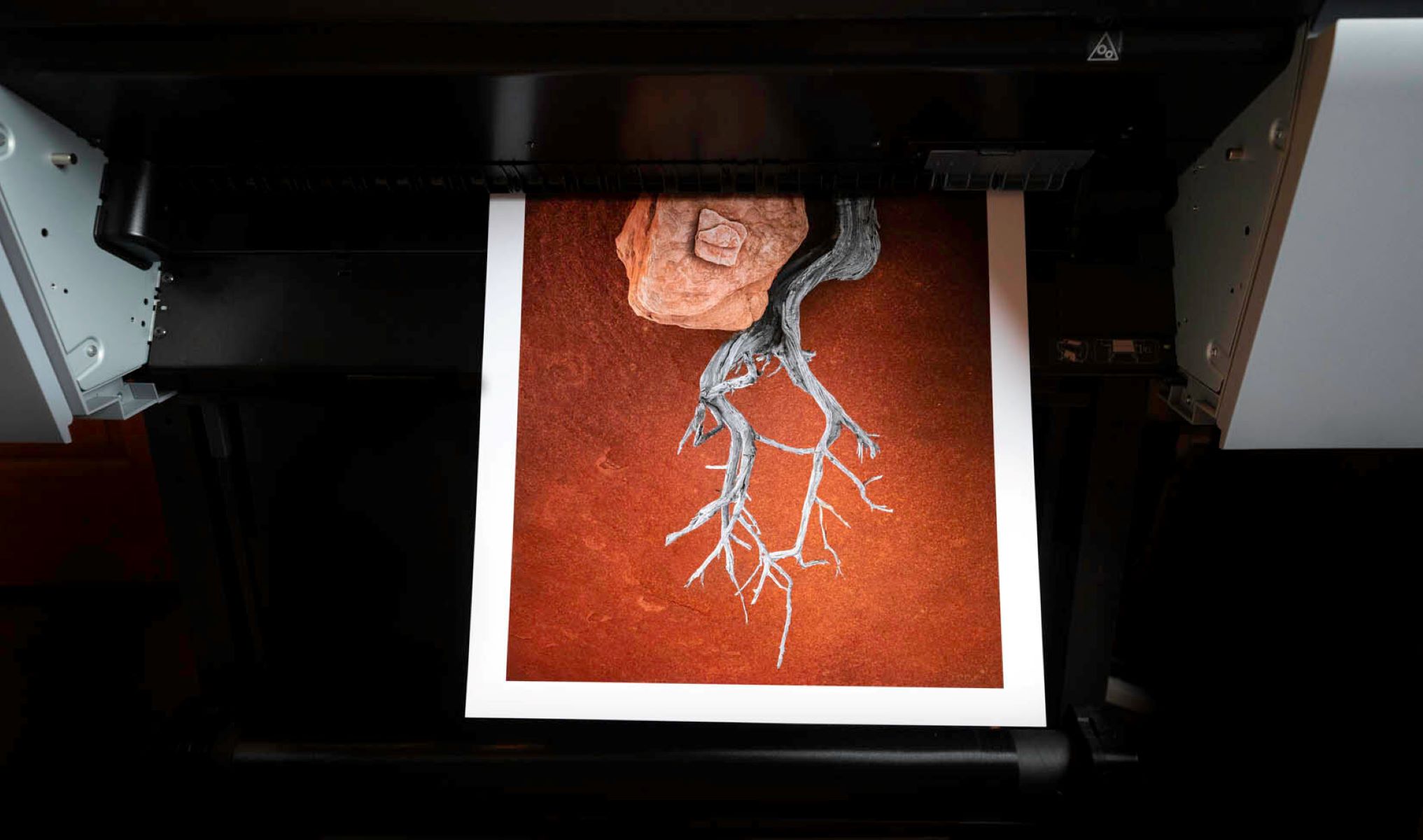
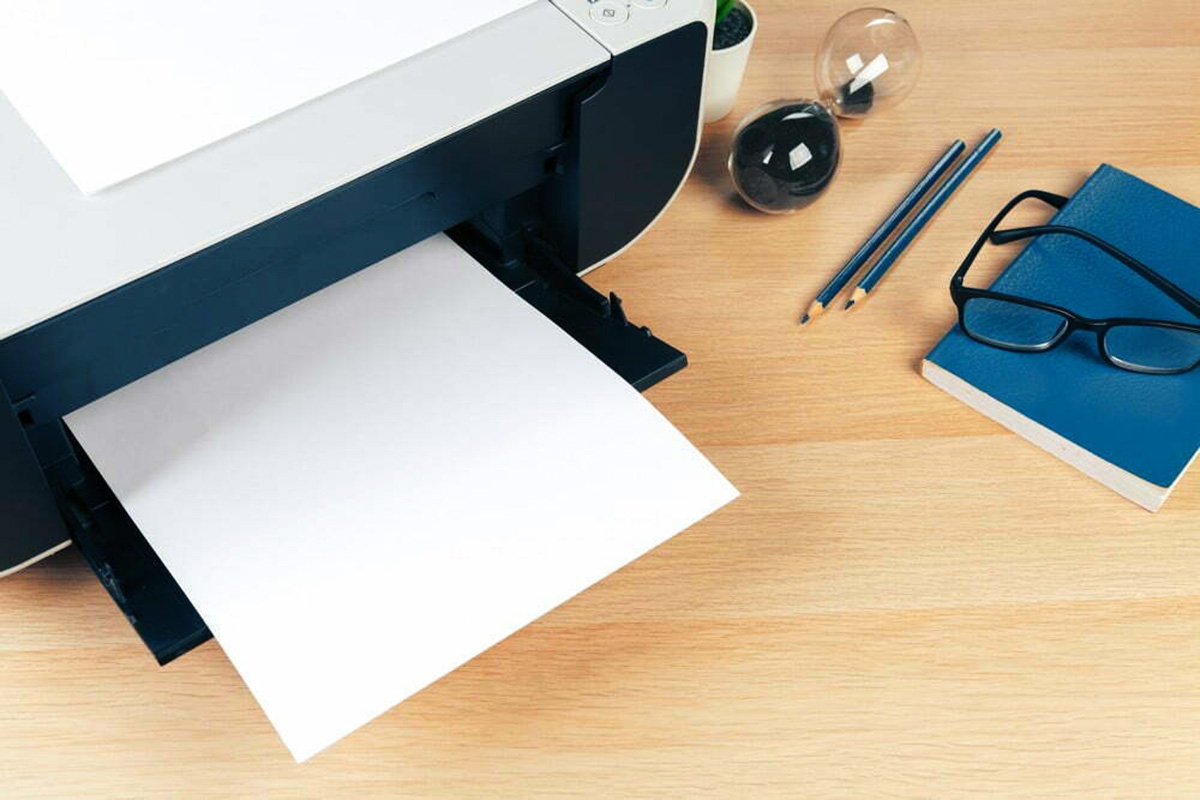
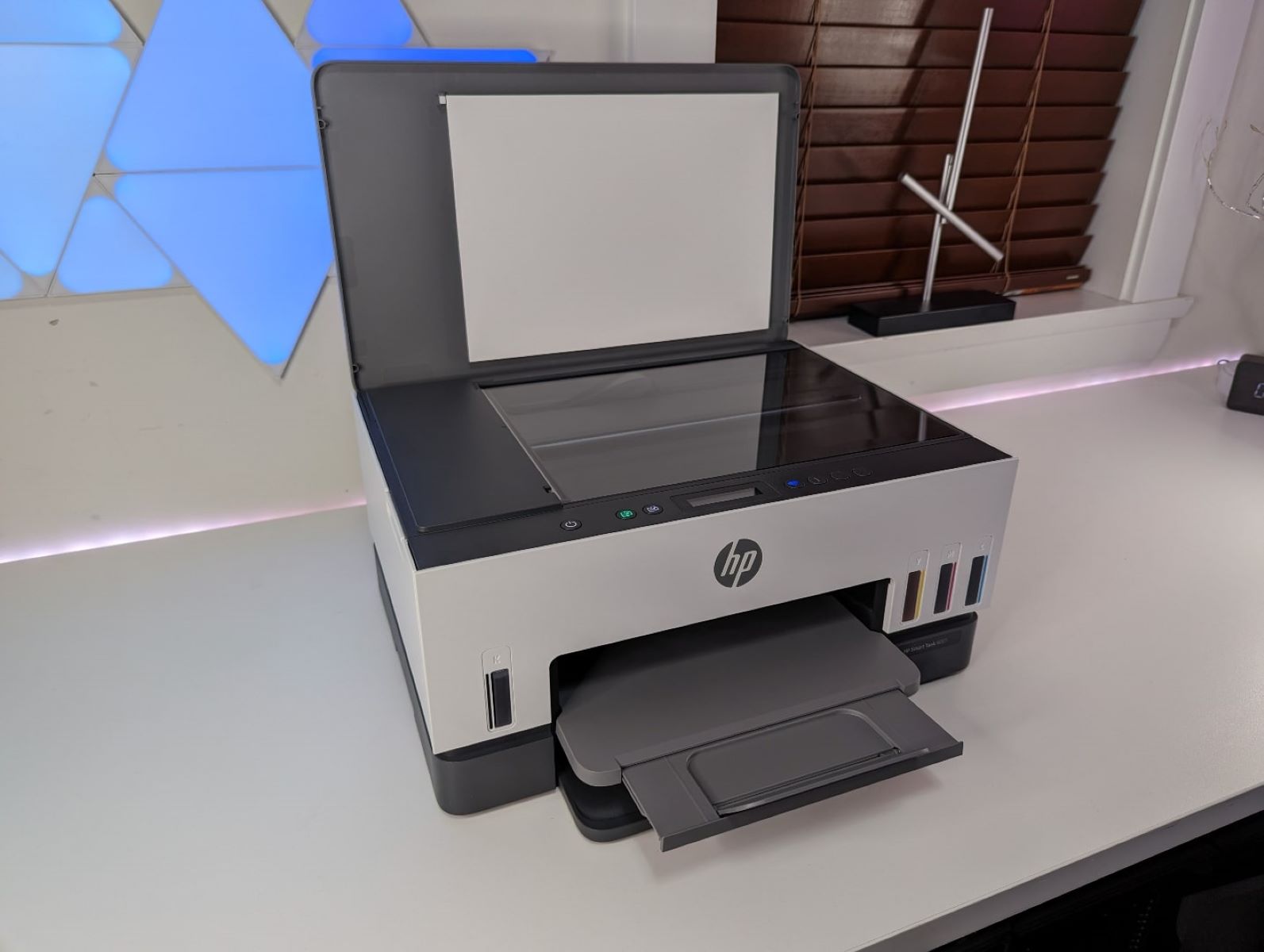

0 thoughts on “Why Is My Printer Printing Small”